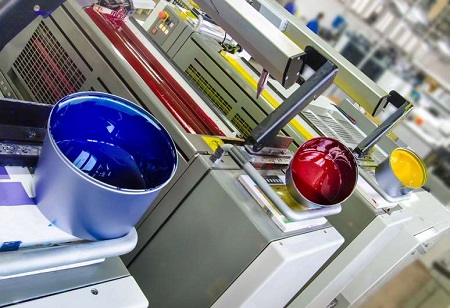Printing Ink market is expected to maintain steady growth both in terms of volume and revenue till 2025. The major factors that are driving the growth of the market include the growing demand from the digital
printing industry and rising demand from the packaging and labels sectors. Owing to its applications in various industries such as packaging, commercial printing, electronic, garment pricing, and the industrial sector, the global printing inks market attained a value of $19.1 billion in 2019.
The global market of Printing Ink is strongly affected and driven by advancements in technology and processes such as ink-jet and digital printing. “Manufacturers are innovating new formulations with each passing day to meet the specific print technology and end user demands,” says Ramakrishna Karanth, CEO of Siegwerk India.
Thermal Inkjet Technology
Thermal Inkjet Printing Technology is mainly used for printing on curved surfaces. This technology made printing high resolution 2D codes, expiration dates and manufacturing codes on curved surfaces a possibility. Thermal Inkjet Printing Technology proved a game-changer for the brands which are concerned about the legibility of information on food and pharmaceutical packaging. Thermal Inkjet Technology has a 10 mm throw distance through which printing can be done on curved surfaces. Also, this technology delivers a lower cost of production and improves the hidden cost of employee health.
Focus on Sustainability
There is a constant pressure on businesses to maintain environment friendly practices. With this growing awareness and appreciation for these issues among business owners, the focus on sustainable practices will inevitably continue. In the last few years, businesses have enhanced sustainability and reduced waste through on-demand printing for customized materials. Previously, companies would have to place large orders to keep prices down but now businesses can order only what they need.
Many printing ink manufacturers are also implementing in house recycling centres to reduce waste. These centres can decrease wasted paper, ink, cartridges and other important by products of the printing process.
